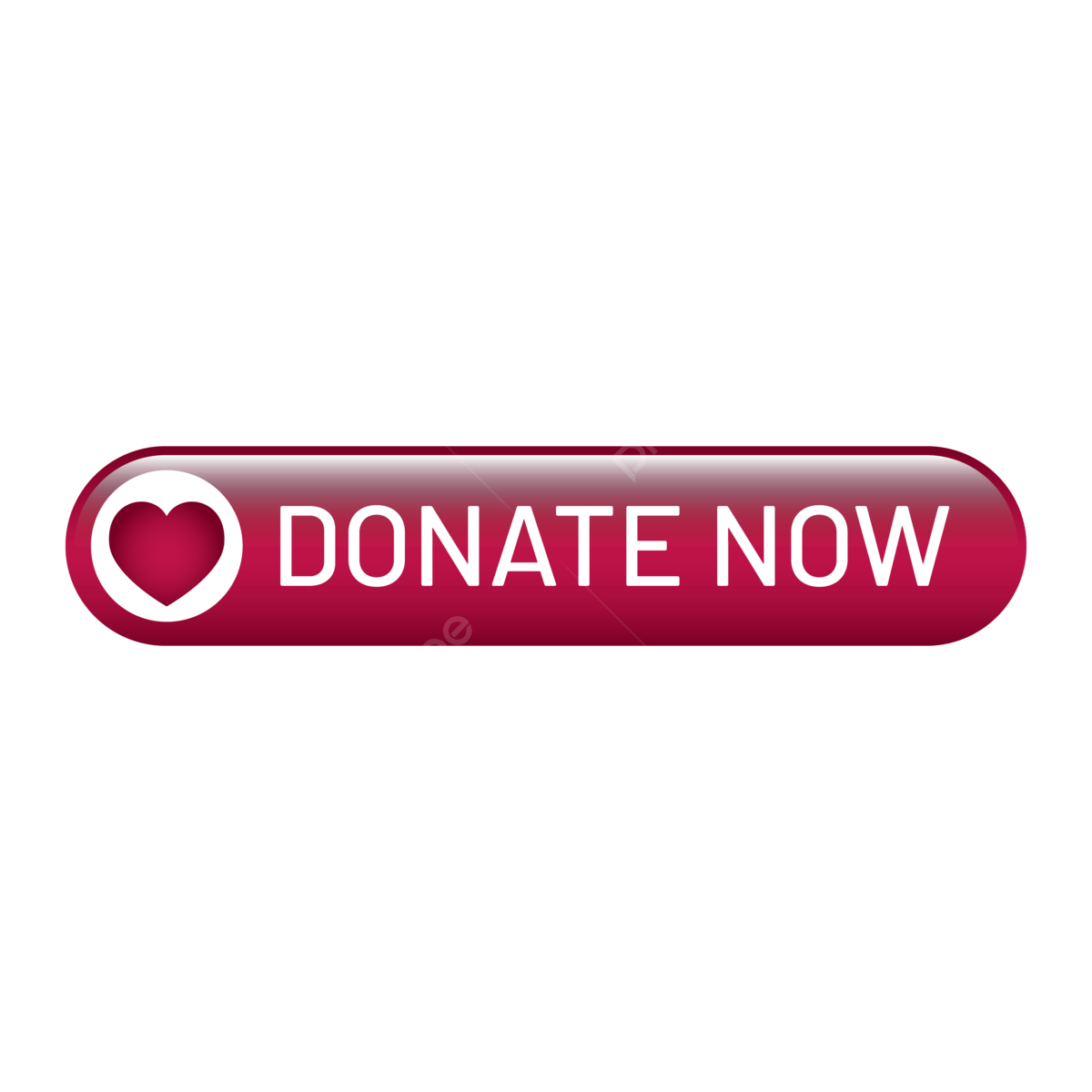Acetaminophen May Slow Language Development
/By Pat Anson, Editor
Another study has linked acetaminophen to learning difficulties in young children born to mothers who used the over-the-counter pain reliever during pregnancy.
Researchers at the Icahn School of Medicine in New York City say toddlers exposed to acetaminophen in the womb had a slower rate of language development at 30 months. The findings are consistent with other studies reporting higher rates of autism, attention deficit disorder (ADHD) and behavioral problems in children born to mothers who used acetaminophen while pregnant.
Acetaminophen (paracetamol) is one of the most widely used pain relievers in the world. It is the active ingredient in Tylenol, Excedrin, and hundreds of other pain medications. Researchers say over half the pregnant women in the United States and European Union use the drug.
“Given the prevalence of prenatal acetaminophen use and the importance of language development, our findings, if replicated, suggest that pregnant women should limit their use of this analgesic during pregnancy,” said senior author Shanna Swan, PhD, Professor of Environmental and Public Health at the Icahn School of Medicine at Mount Sinai.
“It’s important for us to look at language development because it has shown to be predictive of other neurodevelopmental problems in children.”
The study involved 754 women who enrolled in the Swedish Environmental Longitudinal, Mother and Child, Asthma and Allergy study (SELMA) during weeks 8-13 of their pregnancy. Researchers asked the women to report the number of acetaminophen tablets they took between conception and enrollment, and tested the acetaminophen concentration in their urine.
A delay in a child's language development, defined as the use of fewer than 50 words at 30 months of age, was measured by a nurse and a follow-up questionnaire filled out by the mothers.
Girls born to mothers with high exposure -- those who took acetaminophen more than six times in early pregnancy -- were nearly six times more likely to have language delay than girls born to mothers who did not take acetaminophen.
While the number of acetaminophen tablets and concentration in urine were associated with a significant increase in language delay in girls, there was only a slight increase in boys. The findings suggest that acetaminophen use in pregnancy results in the loss of the well-recognized female advantage in language development in early childhood.
The study is published online in the journal European Psychiatry. Researchers will follow-up with the children and re-examine their language development at age seven.
A 2016 study of over 2,600 Spanish women linked acetaminophen to autism and attention deficit problems in their children. Studies in Denmark and New Zealand have also linked acetaminophen to a higher risk of ADHD.
Over 50 million people in the U.S. use acetaminophen each week to treat pain and fever. The pain reliever has long been associated with liver injury and allergic reactions such as skin rash. In the U.S. over 50,000 emergency room visits each year are caused by acetaminophen, including 25,000 hospitalizations and 450 deaths.












